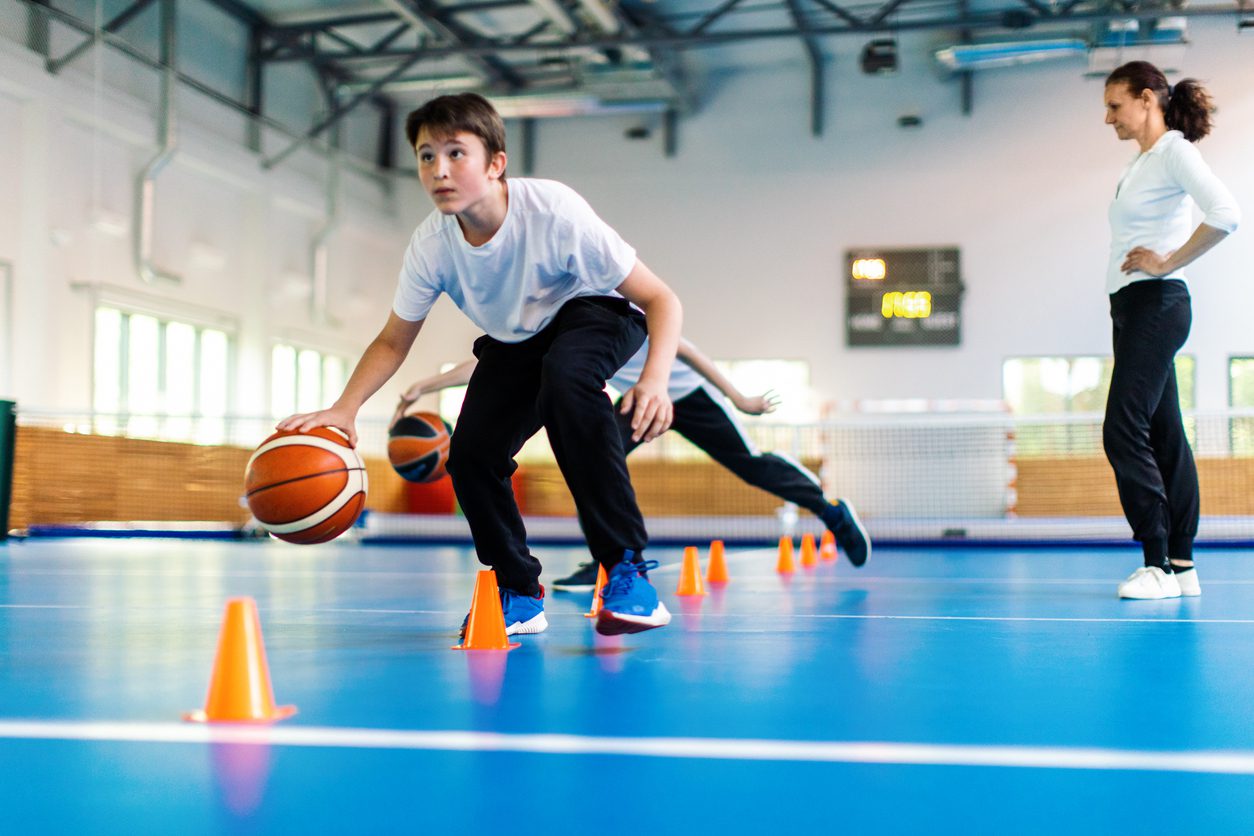Do you have a teen who becomes easily distracted or overwhelmed? Check out these mindfulness activities that can help enhance focus and mental well-being!
What is mindfulness?
We hear the term “mindfulness” a lot these days, but what does it actually mean? The truth is, the idea behind mindfulness itself isn’t complicated – it simply refers to being aware, or mindful, of our surroundings.
Mindfulness is an extremely useful therapeutic technique. In the context of mental health, mindfulness can help us to focus on the present moment, acknowledge our feelings, and form positive ideas.
In many ways, practicing mindfulness is similar to meditation! In fact, common meditative techniques (like focusing on one’s breathing) are also effective strategies for practicing mindfulness.
Mindfulness is science
Mindfulness isn’t just snake oil – practicing these activities regularly provides real benefits. Harvard researchers examined the effects of mindfulness by studying MRI images of our brains and found that the amygdala, the structure in our brain responsible for emotional processes, was less activated. This may be why people often report feeling “calmer” and more physically relaxed after practicing mindfulness!
Perhaps even more incredible is that these changes were retained even when individuals were not meditating. This means the calming benefits of mindfulness extend beyond the duration of the activity itself!
Mindfulness activities
Mindfulness can be practiced in countless ways. The end goal is the same – to focus on your surroundings, physical sensations, and feelings. Some people achieve this through physical activity like yoga or aerobics. Others take a more meditative approach and enjoy focusing on their breathing while listening to nature sounds. Here are just a few suggestions for activities that will encourage a state of mindfulness and relaxation:
- Meditation or mindful breathing
- Closing your eyes and focusing on sounds
- Doing a relaxing activity, like gardening
- Listening to music
- Yoga, stretching, or aerobics
- Writing a gratitude list
- Focusing on objects in your surroundings
- Creative activities (writing, art, playing an instrument, photography)
We encourage parents to help their kids discover a mindfulness activity that appeals to their personal interests and needs!
Recognizing cognitive distortions
Strong emotions and stressful experiences can color the way we view the world. For most people, this shouldn’t come as a surprise – it can be hard to “think straight” when we’re feeling overwhelmed. This often leads to inaccurate thought processes, which can range from overgeneralizing (“I’ll never get this right”) to unfair comparisons (“I’ll never be as good as [insert name here]…”).
The important thing with cognitive distortions is to identify when we’re experiencing one. Of course, this can be easier said than done!
Fortunately, this is where practicing mindfulness can really help. Learning to recognize when we’re not seeing things clearly is a superpower on its own, and identifying cognitive distortions is a key part of this process. To learn more about cognitive distortions, check out our blog Cognitive Distortions: What They Are and How to Avoid Them.



![Healthy Lunch Tips for Your Children [Infographic]](https://www.tutordoctor.com/wp-content/uploads/2023/09/HealthyLunchIdeas.jpg)
